Every part of Yumbah's farming operations is in step with the natural cycle of the ocean.
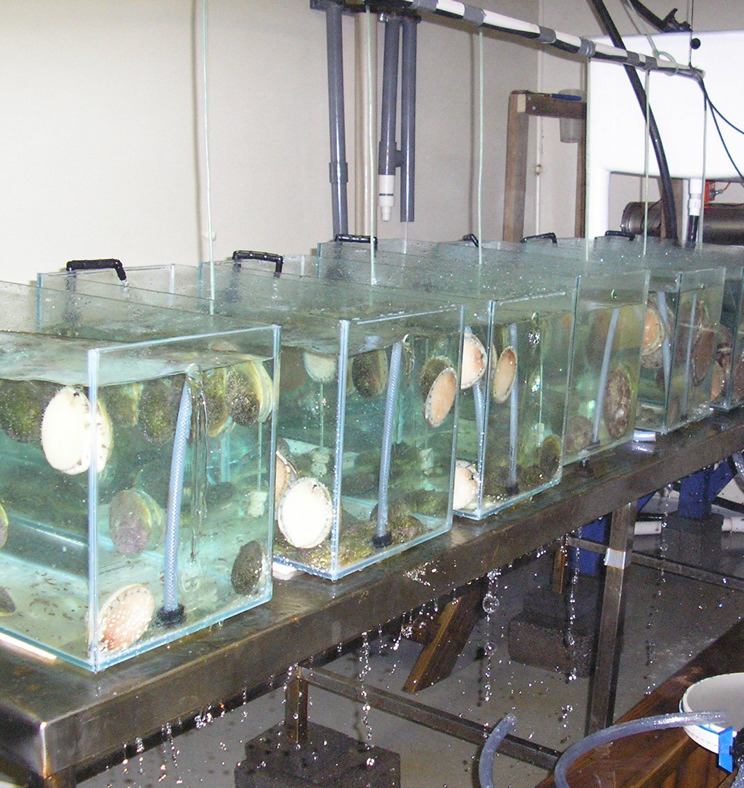
Life in the beginning
Life for Yumbah’s abalone begins in one of four purpose-built hatcheries. Our biologists select prime broodstock that are encouraged to spawn naturally. Eggs fertilised by sperm hatch twenty-four hours later, producing beautiful free-swimming larval abalone called trochophore larvae.
After a week-long larval cycle, the strongest are transferred to the nursery, settling and feeding in a garden of algae cultured on square plastic plates.
One week later
In the nursery the trochophore larvae undergo metamorphosis and transform into microscopic abalone, complete with a translucent shell and foot. In the following six months the abalone increase in size by 100 times from 0.2mm to 20mm in diameter. They are then ready to be weaned onto our specialised diet and transferred to the grow-out system.
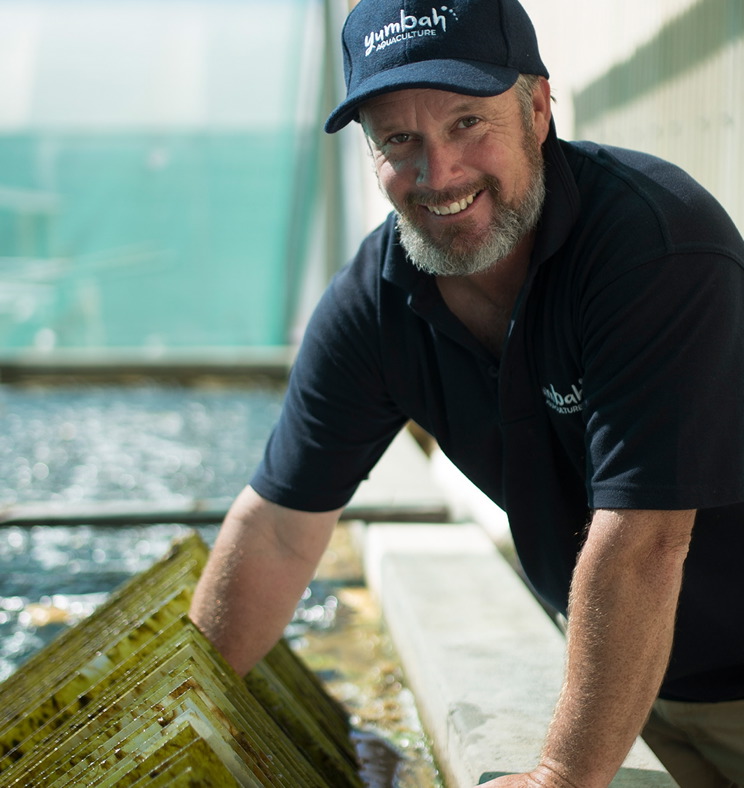
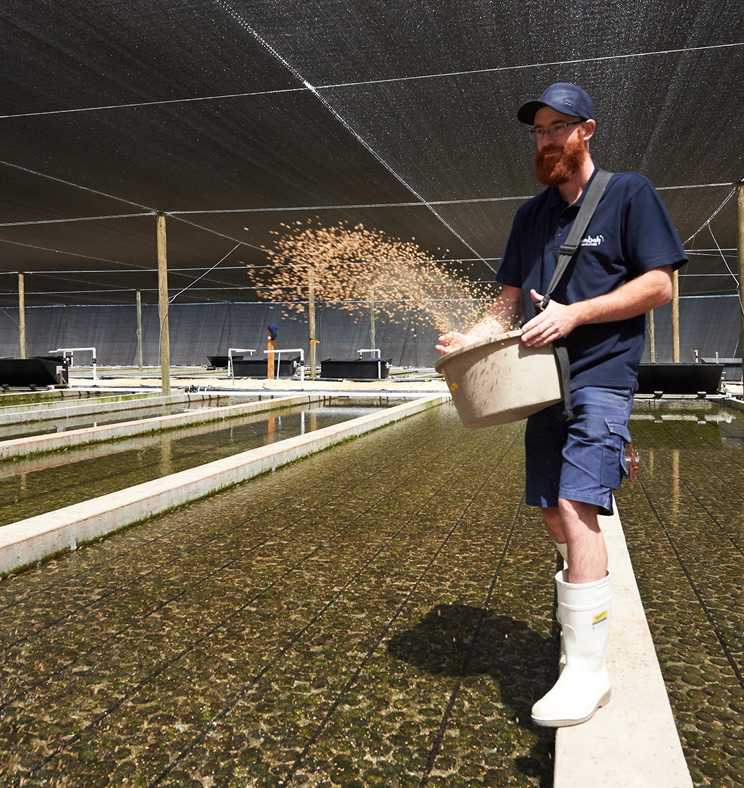
Aquafeeds
On the farm, the larger abalone live on tank algae, ocean nutrients and our exclusive Yumbah Aquafeed which is made like pasta and resembles chips of green fettuccini. As marine snails, abalone are herbivorous and enjoy a largely plant-based feed.
Producing our own feed provides Yumbah with control and traceability, from raw ingredients through to manufacturing and storage. Research and development into nutrition is ongoing, focusing on sustainable ingredients that improve the growth and survival, colour, texture and flavour of our abalone.
Yumbah Aquafeed is free from antibiotics, pesticides, artificial colouring or pigments and growth hormones.
After 6 months
In the grow-out system, a continuous mix of crashing, rushing and slow-flowing seawater simulate the perfect conditions for abalone. Here, the abalone thrive for the next two to three years, increasing in size from 20mm to 100mm. Grow-out encompasses most of the production area, with more than three-quarters of the growing area dedicated to this part of the production cycle. The system can be efficiently fed and cleaned and all of the tanks are closely monitored. Density control is a constant job in the grow-out area and as the abalone grow they must be partially de-stocked to provide optimum space to grow.
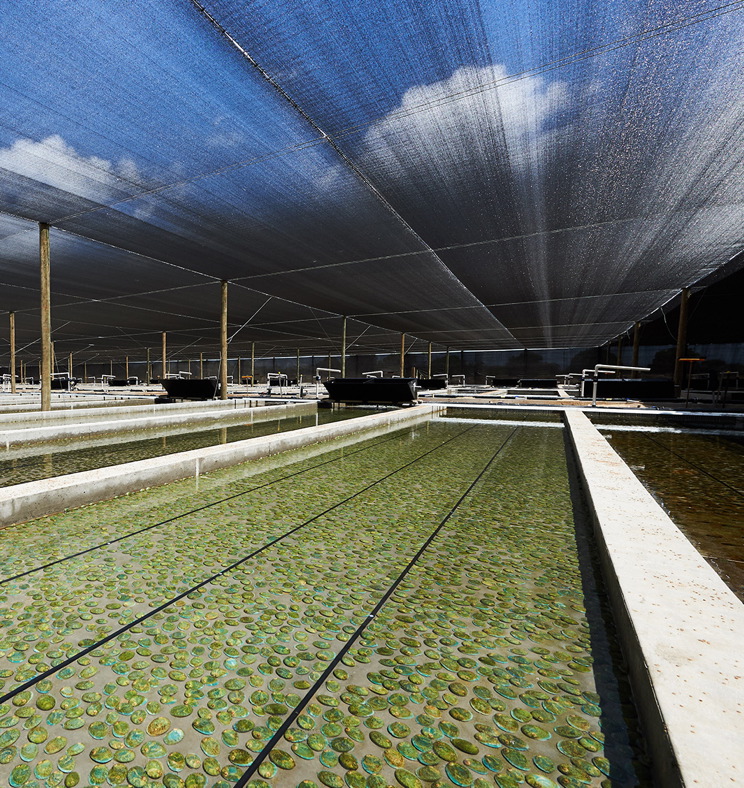
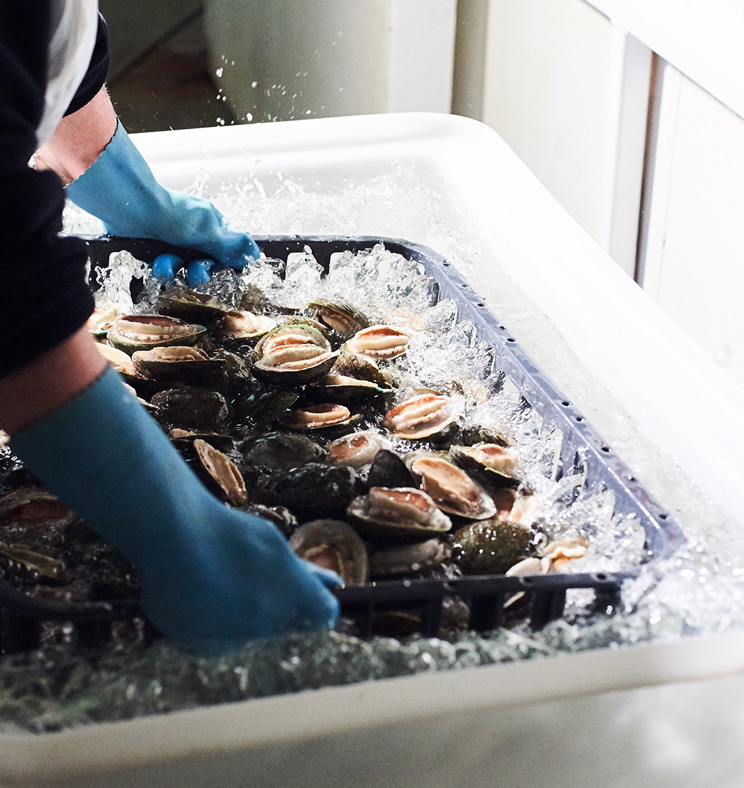
After 2-3 years
All Yumbah abalone are hand harvested and purged before being processed in a quick and delicate manner. The key to preserving the natural qualities of our farmed abalone is having control of the processing that occurs after harvest. Yumbah uses its onsite brine and nitrogen freezing facilities to fix the abalone in the best condition prior to shipping it to our central processing facility, Yumbah Processing, located in Wingfield, Adelaide.
Here, sophisticated grading and packaging technology is applied to conclude the process creating a perfectly packaged abalone offering, fit the most discerning customers in the world.

